Major Landforms of Taiwan
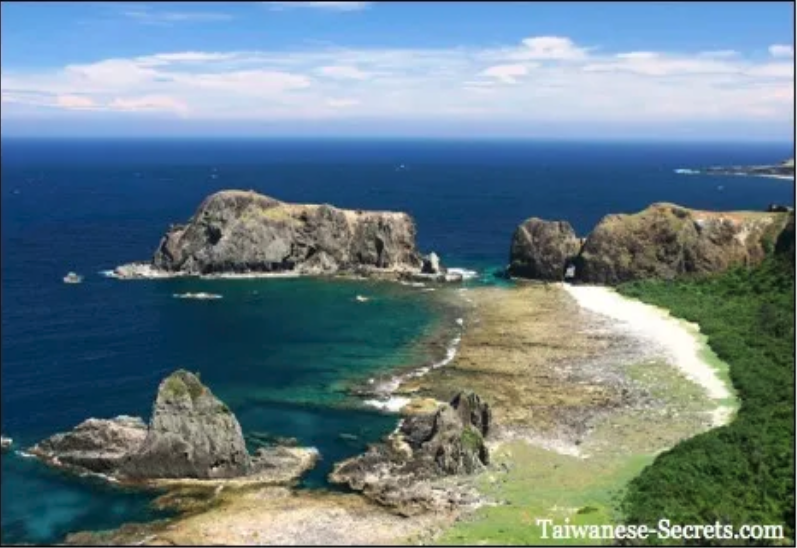
Green Island
Green Island is a volcanic island located off Taiwan's east coast. Once home to a political prison in the early 1900s, it is now a popular destination for snorkeling, scuba diving, and exploring coastal nature trails.
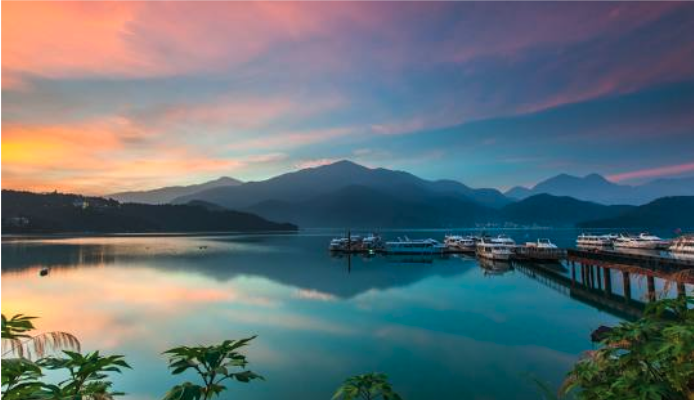
Sun Moon Lake
Surrounded by mountains, Sun Moon Lake sits 2,400 feet above sea level. It’s Taiwan’s largest lake, known for its scenic views, cultural festivals, and annual open-water swimming events.
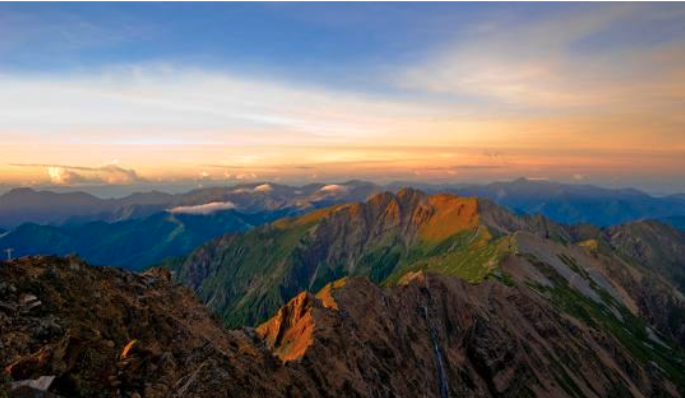
Yushan Range
Yushan, or Jade Mountain, is Taiwan’s highest peak at over 13,000 feet. Sixteen peaks in this range rise above 10,000 feet, offering dramatic alpine scenery.
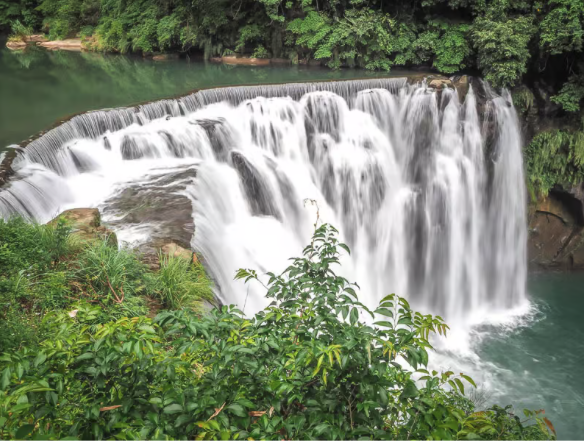
Shifen Waterfall
Shifen Waterfall is Taiwan’s most famous cascade, stretching 40 meters wide and 20 meters tall. Often called the "Little Niagara," it draws visitors for its natural beauty and nearby lantern festivals.
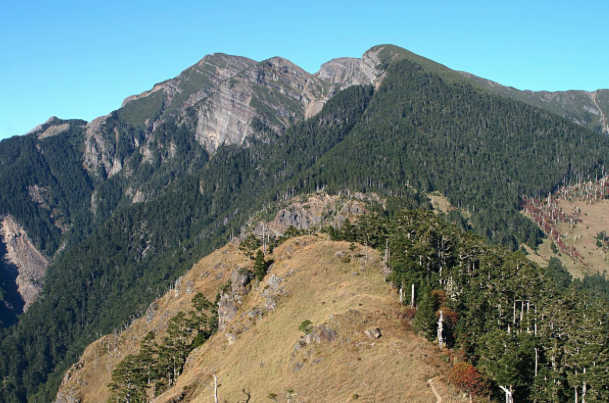
Xueshan Range
The Xueshan Range spans roughly 161 miles and includes Taiwan’s second tallest peak. Its rugged trails are a favorite for experienced hikers and nature lovers.
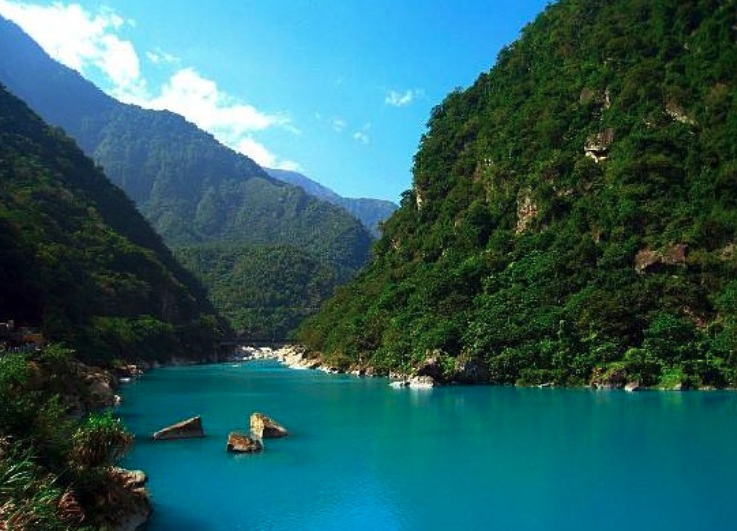
Taroko Gorge
Part of a stunning national park, Taroko Gorge features towering cliffs, marble canyons, and mountain peaks that reach up to 9,800 feet. The park covers over 360 square miles of protected land.

Maokong Gondola
For just four dollars, visitors can enjoy a one-way gondola ride with scenic views of Taipei’s mountains and cityscape. The ride is a relaxing way to experience the landscape from above.
Native Plant Life
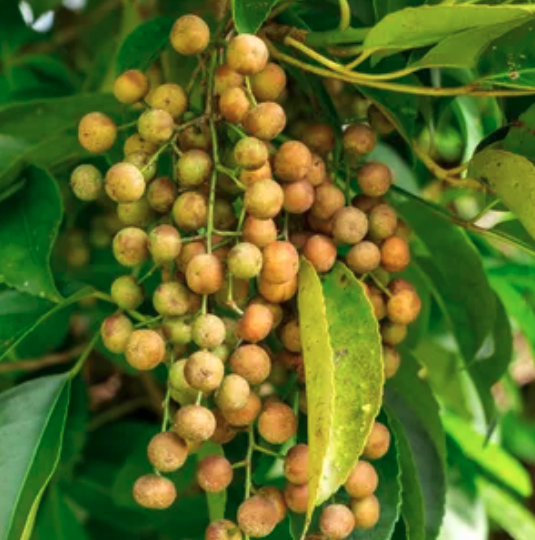
Bishop Wood
This tree grows to around 30 meters tall and has broad leaves that form a dense canopy. It is commonly planted along roadsides and in parks for shade and environmental benefits.
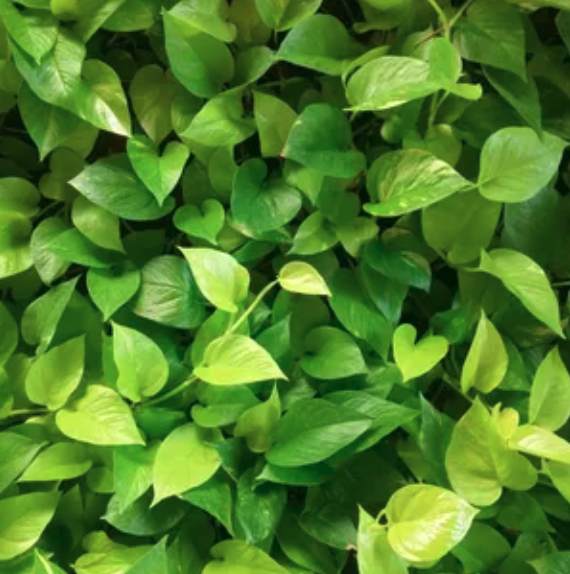
Golden Pothos
Golden Pothos is a hardy climbing vine with heart-shaped leaves. It thrives in Taiwan's humid climate and is commonly seen growing up tree trunks or across forest floors.
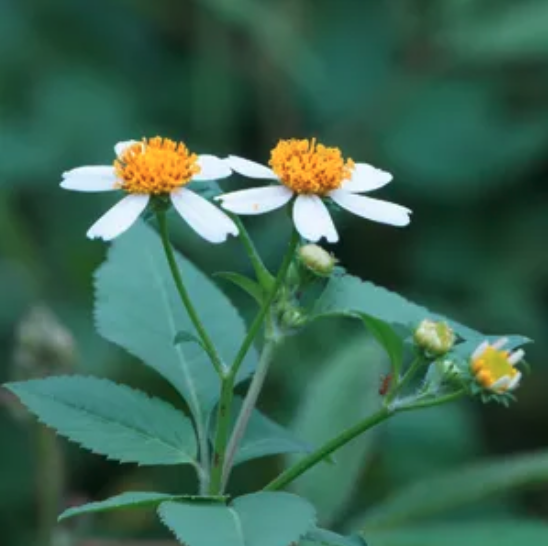
Hairy Beggarticks
Hairy Beggarticks is a weedy herb with bright yellow flowers. While common along roadsides and open fields, it plays a role in soil stabilization and supports pollinators.
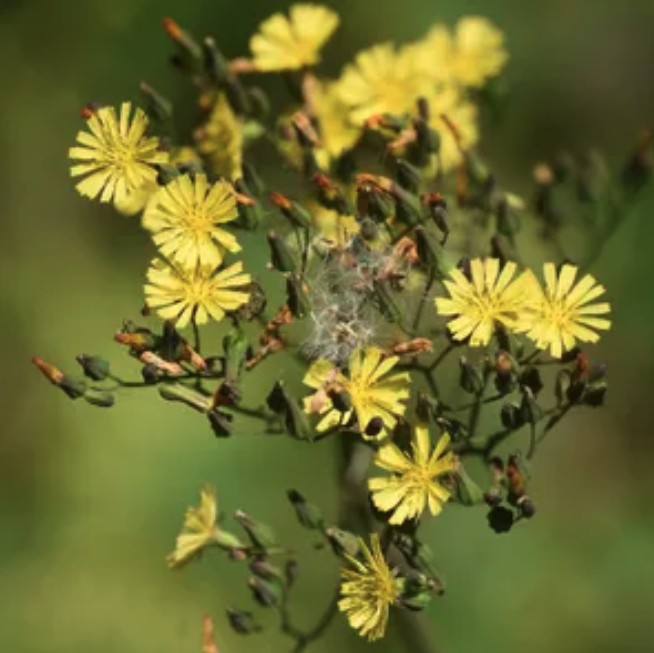
Oriental False Hawksbeard
This plant resembles dandelions and is often found in grassy areas and forest edges. It spreads quickly and contributes to ground cover biodiversity.
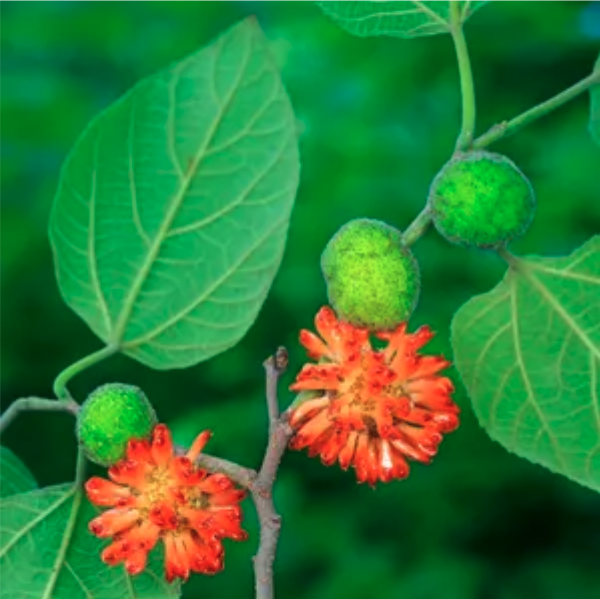
Tapa Cloth Tree
Also known as the Paper Mulberry, this tree is culturally significant in Taiwan and other Pacific regions. Its inner bark is used in making traditional textiles and crafts.
Climate of Taiwan
Taiwan’s climate is diverse. It is mostly subtropical, which means the summers are hot and humid, and the winters are mild because of that. In the north, it’s colder, but the south feels hotter and more tropical since it’s closer to the equator. Most of the rain comes in the summer, especially because of the seasonal monsoon winds. Typhoons are also a big part of Taiwan’s weather; they usually show up between July and October and can bring strong winds and have rain, especially along the eastern coast. Rain falls often throughout the year, but the amount of rain that falls depends on what part of Taiwan you are looking at. The mountains in the middle and east of Taiwan get the most, which is why the pictures of those areas look so luscious and beautiful. Because of all the mountains, the weather can change a lot depending on the area. It might be warm and rainy on the coast but cold and foggy in the mountain ranges. The variety in the climate/weather makes Taiwan a very interesting and unique country, and makes Taiwan stand out from other Asian countries.